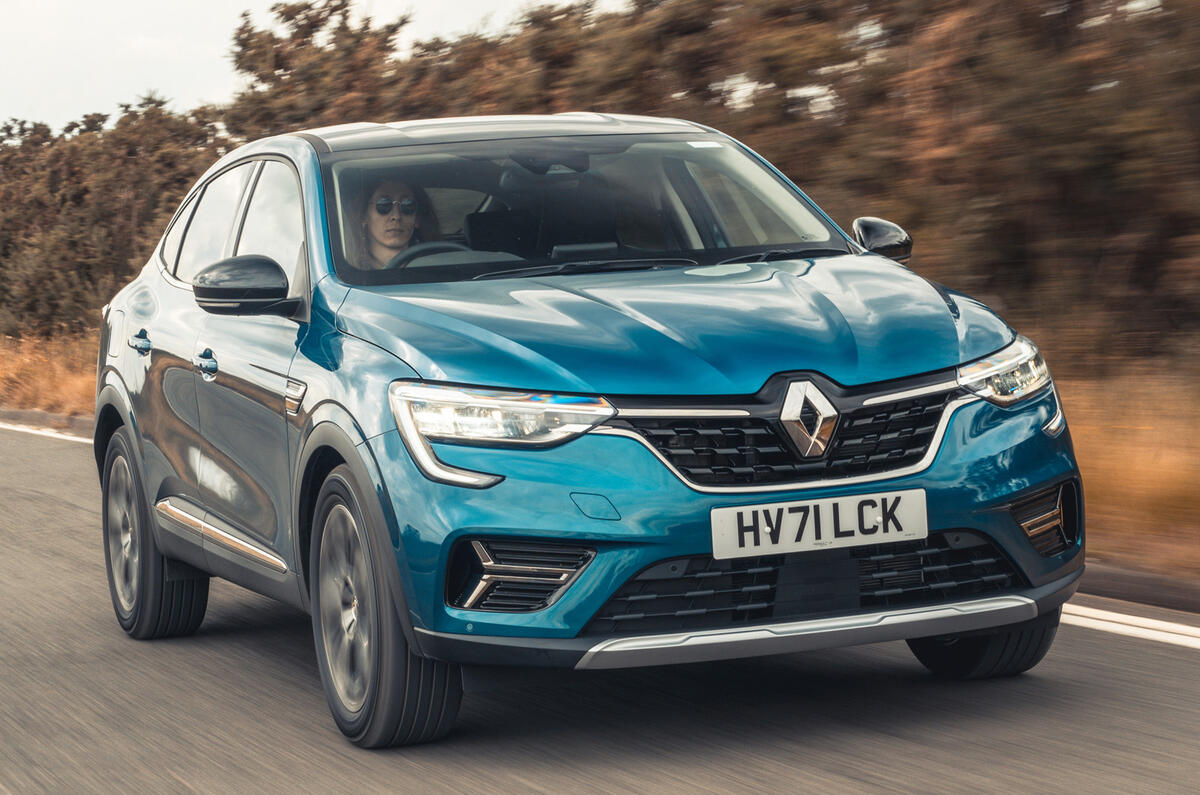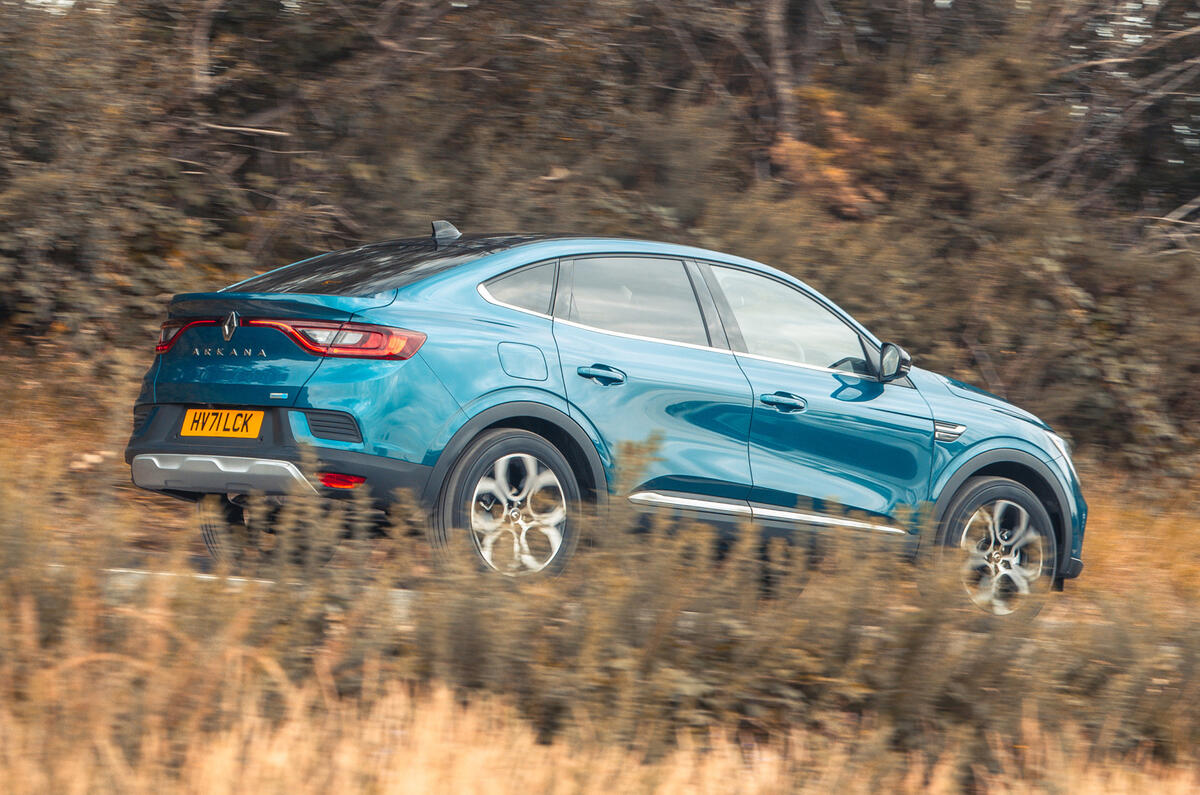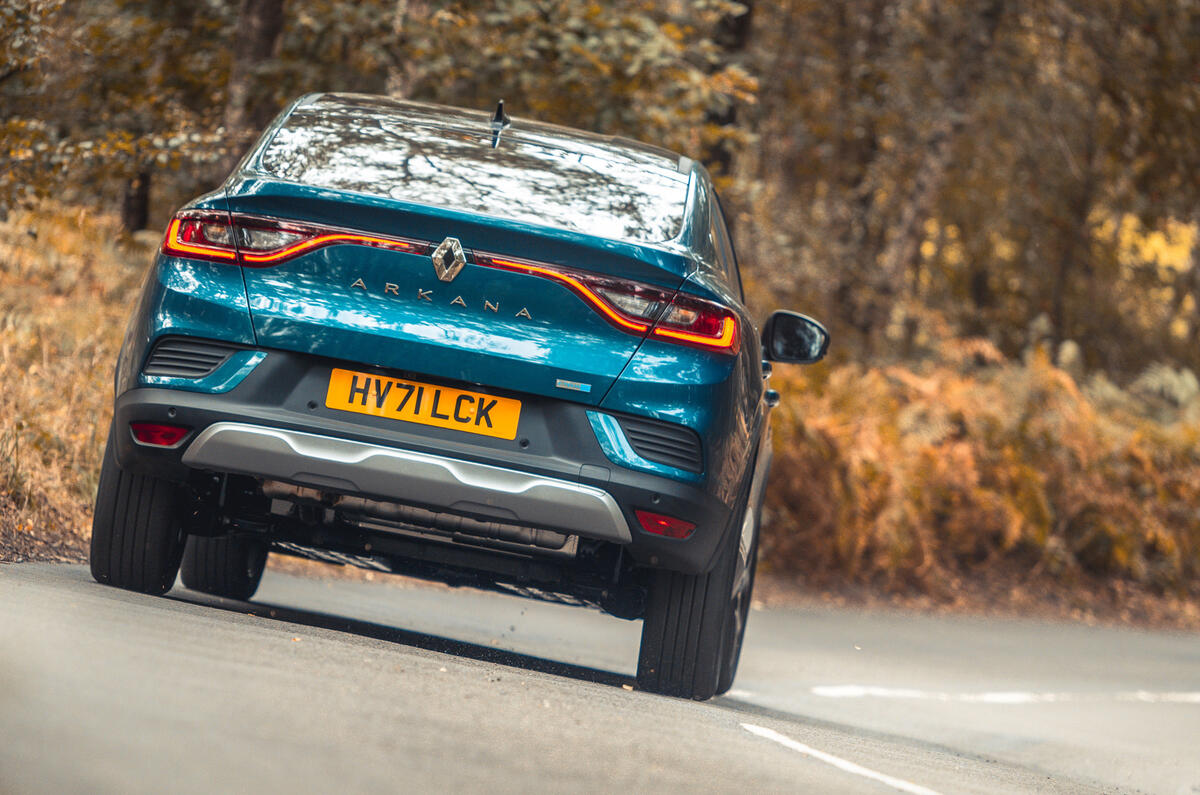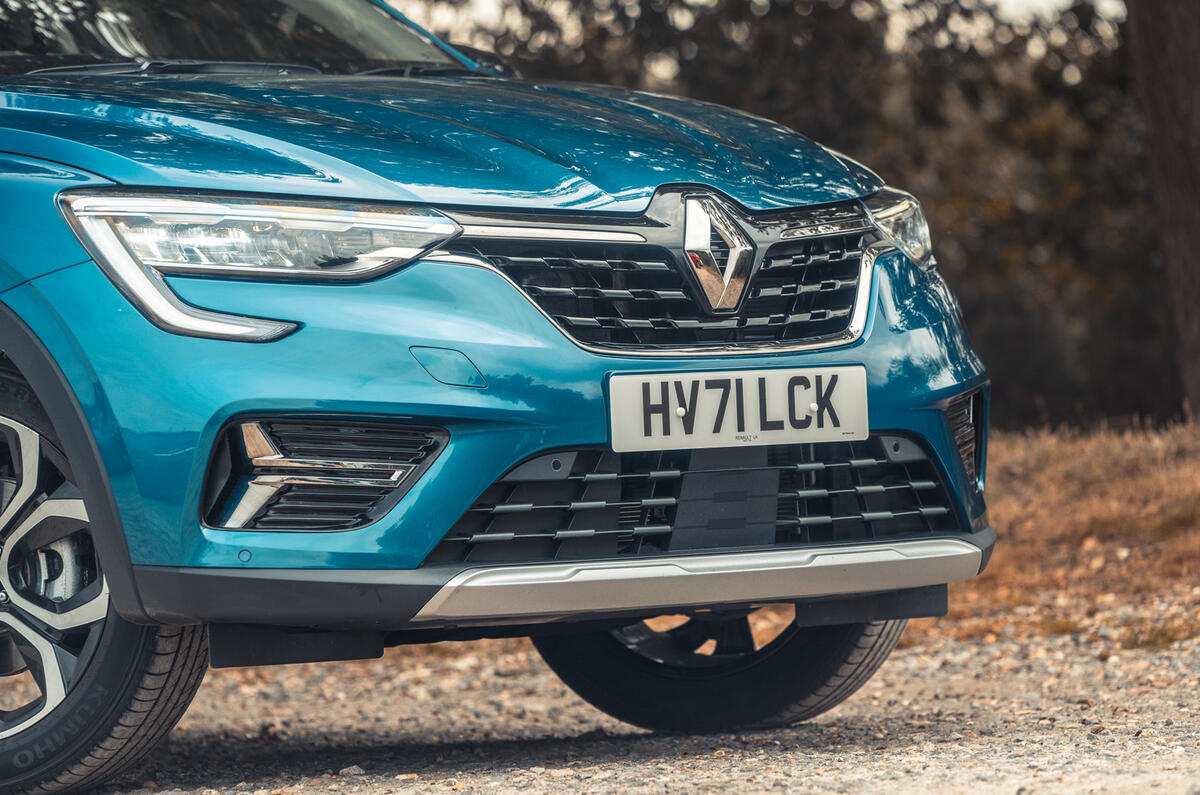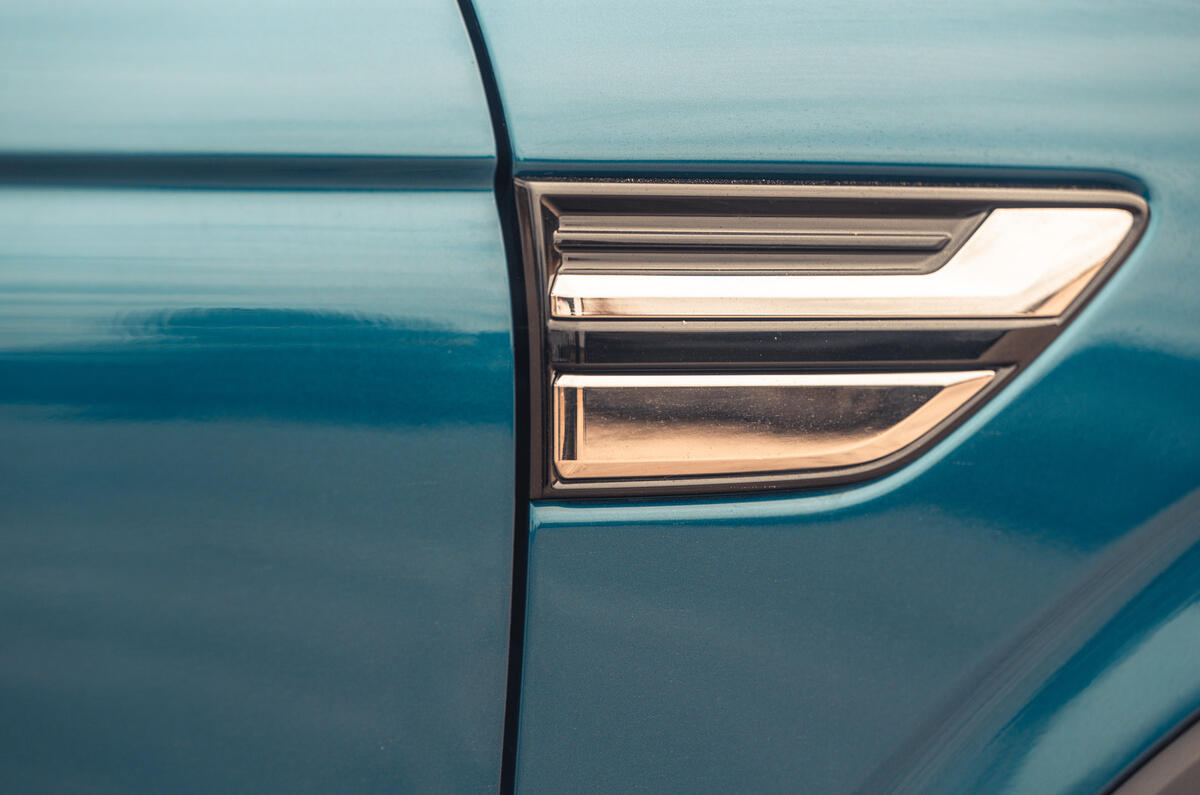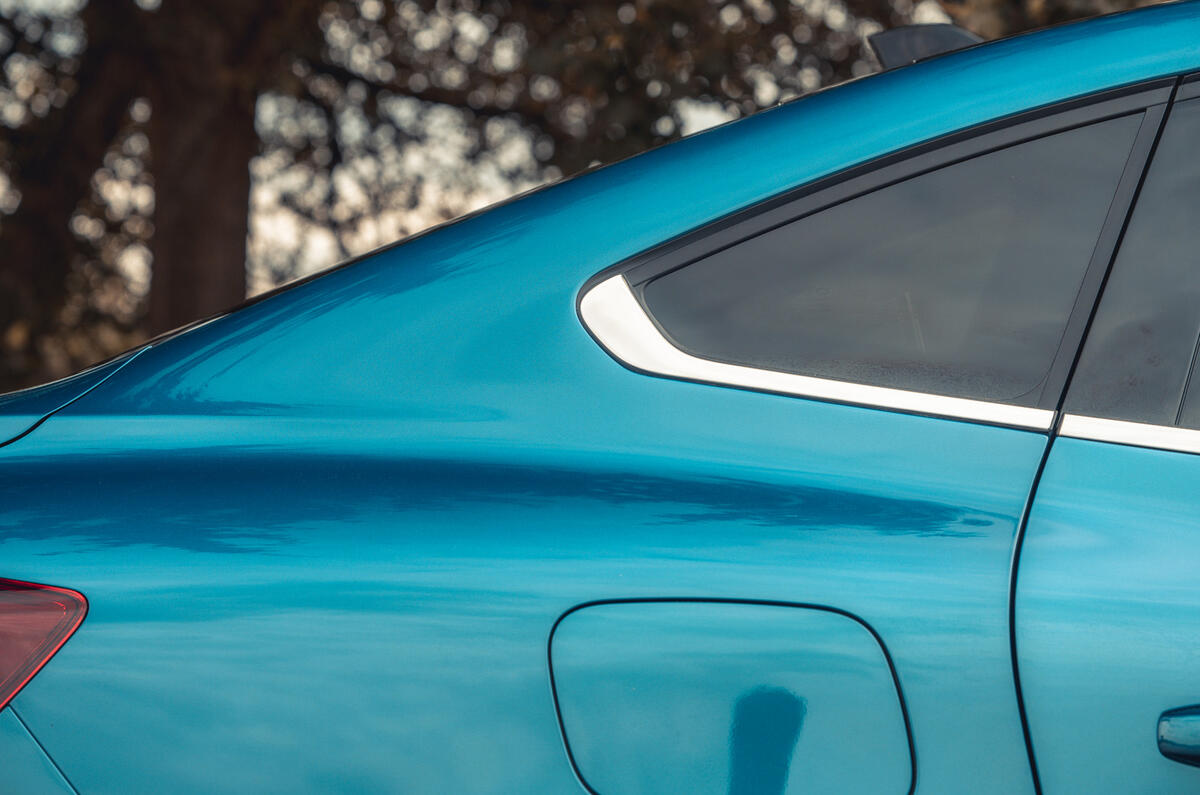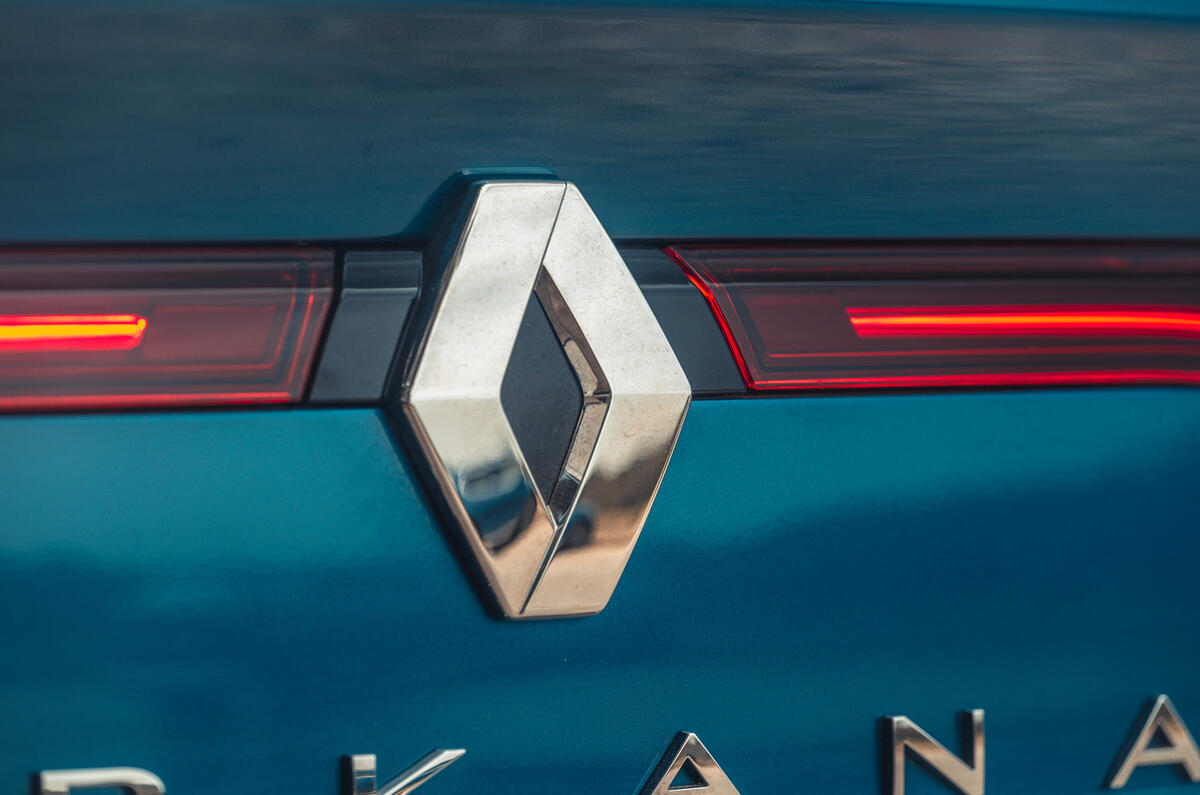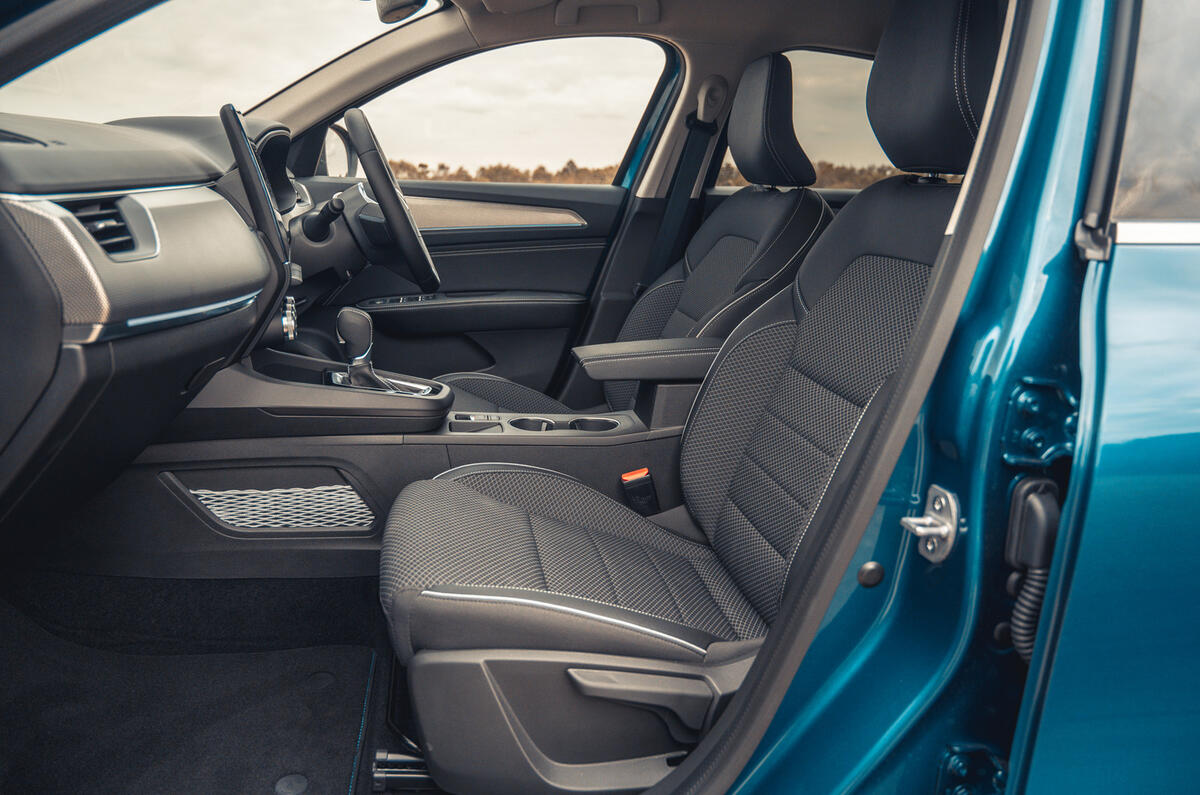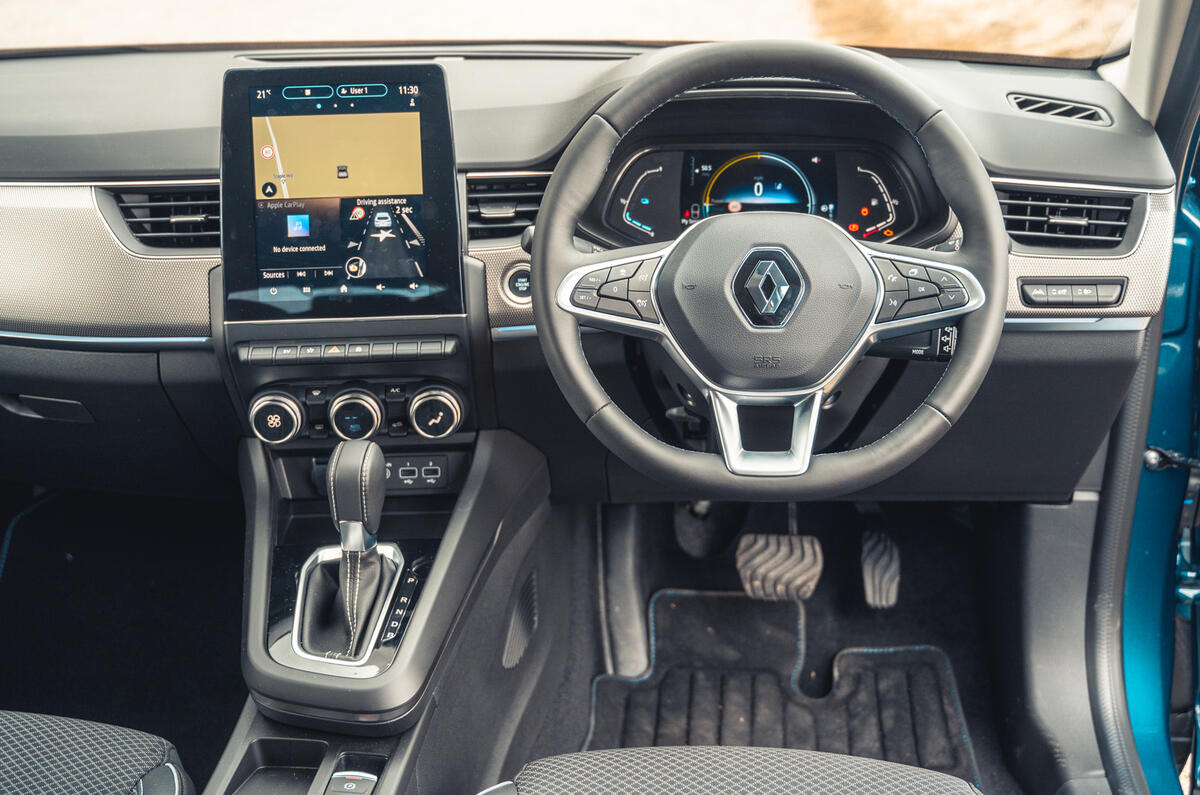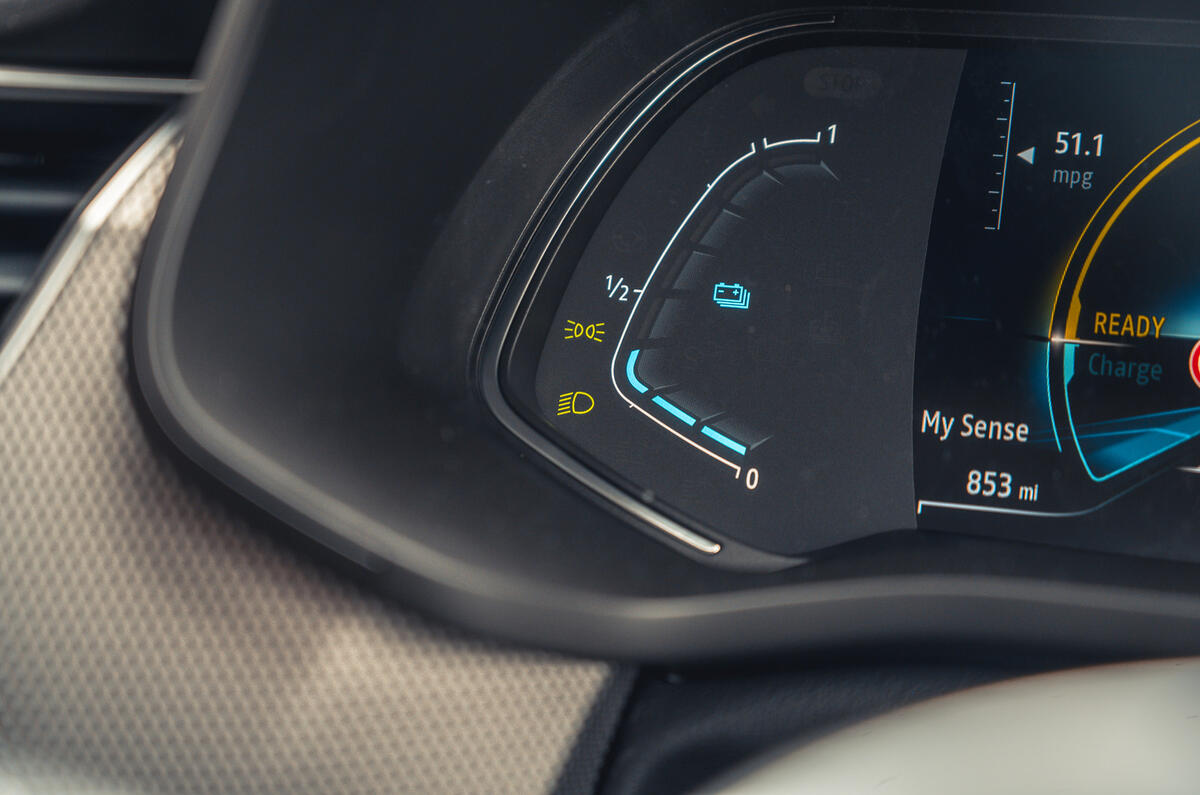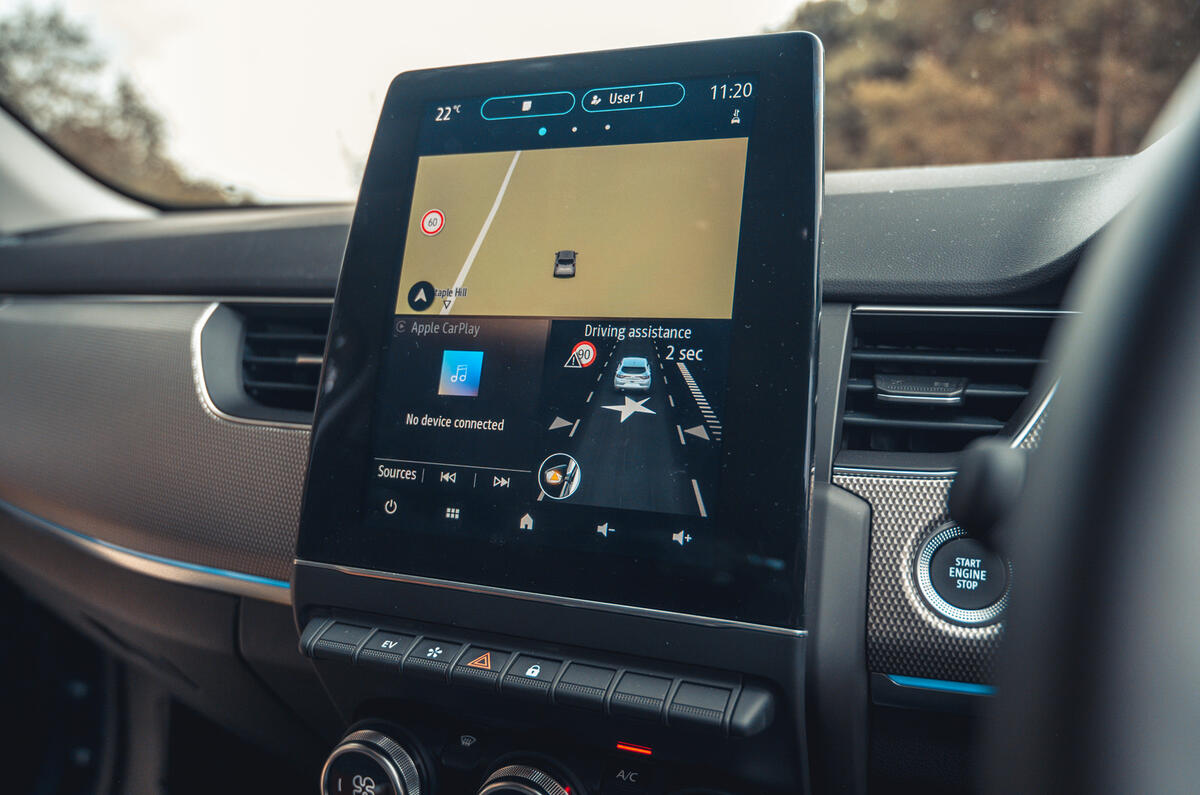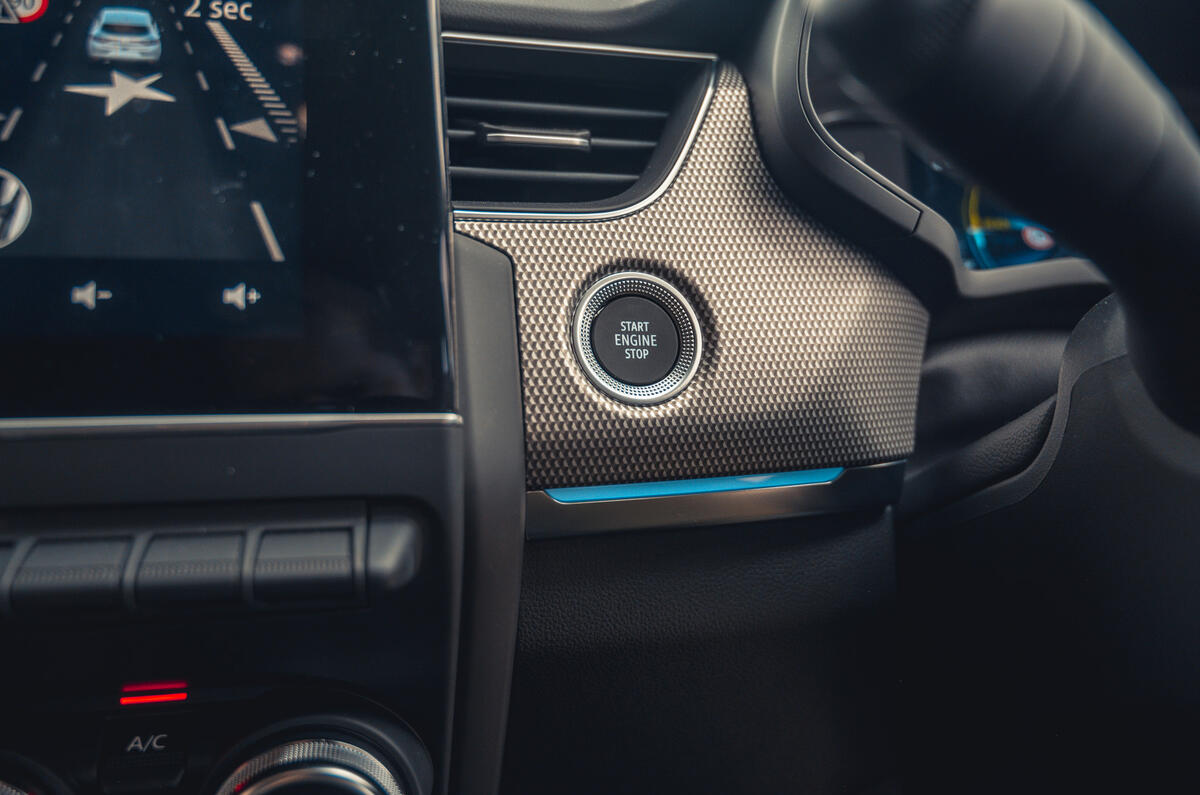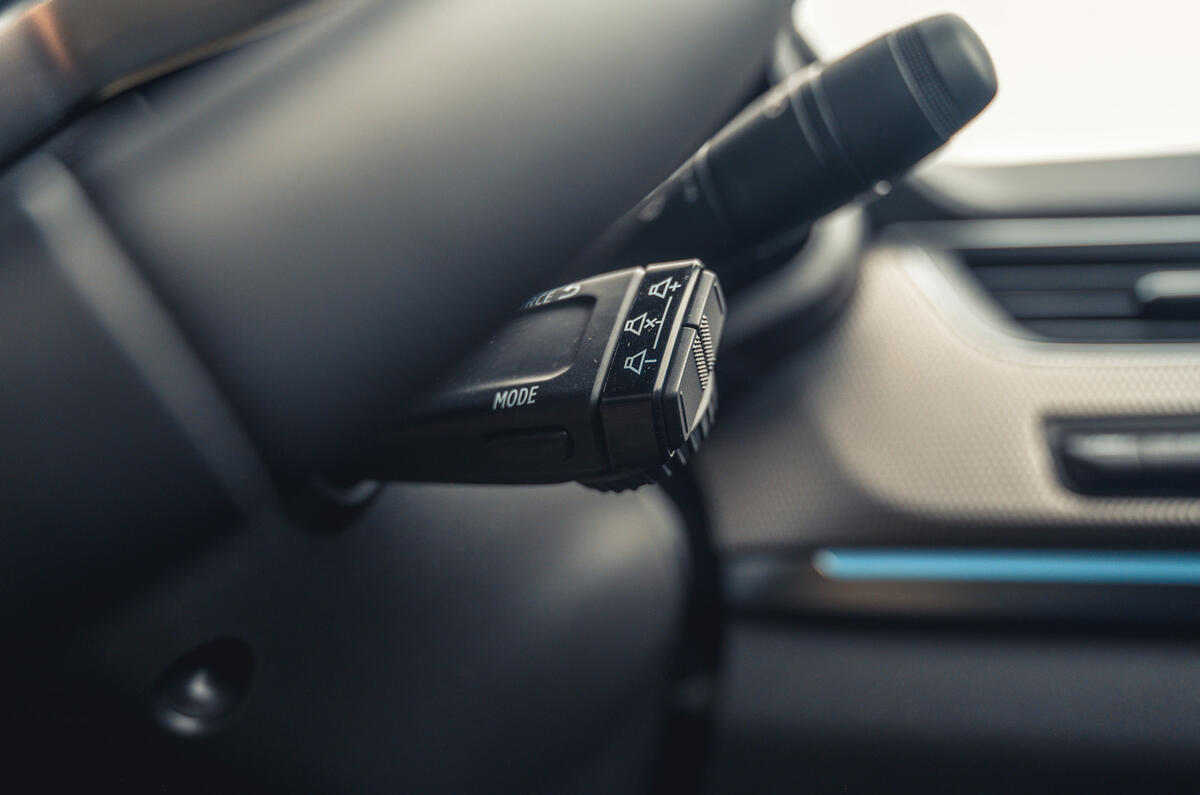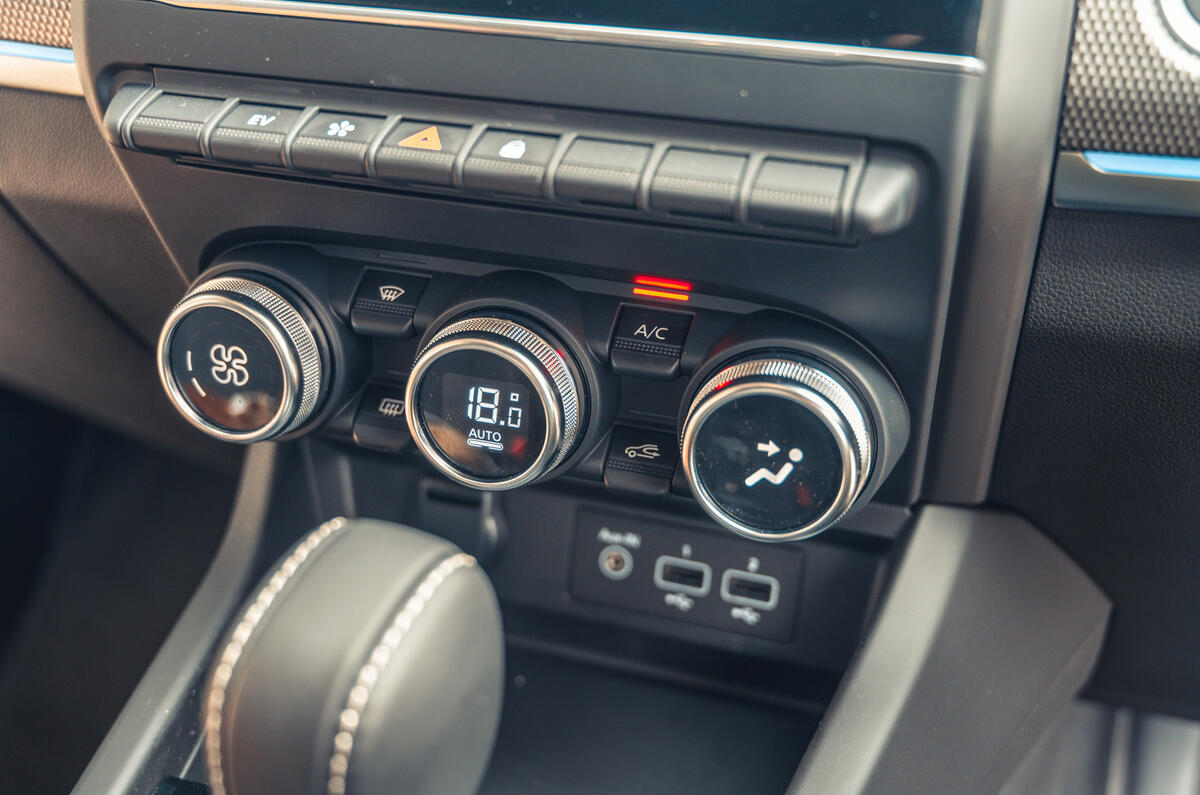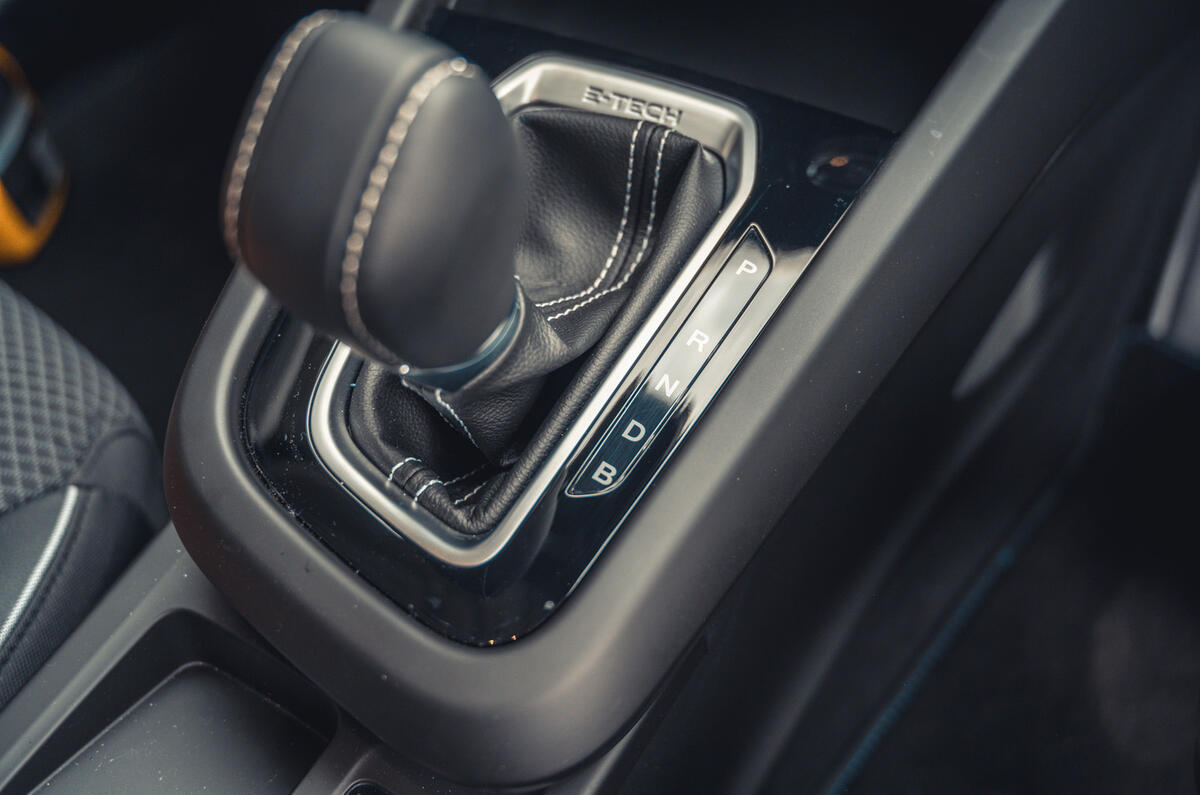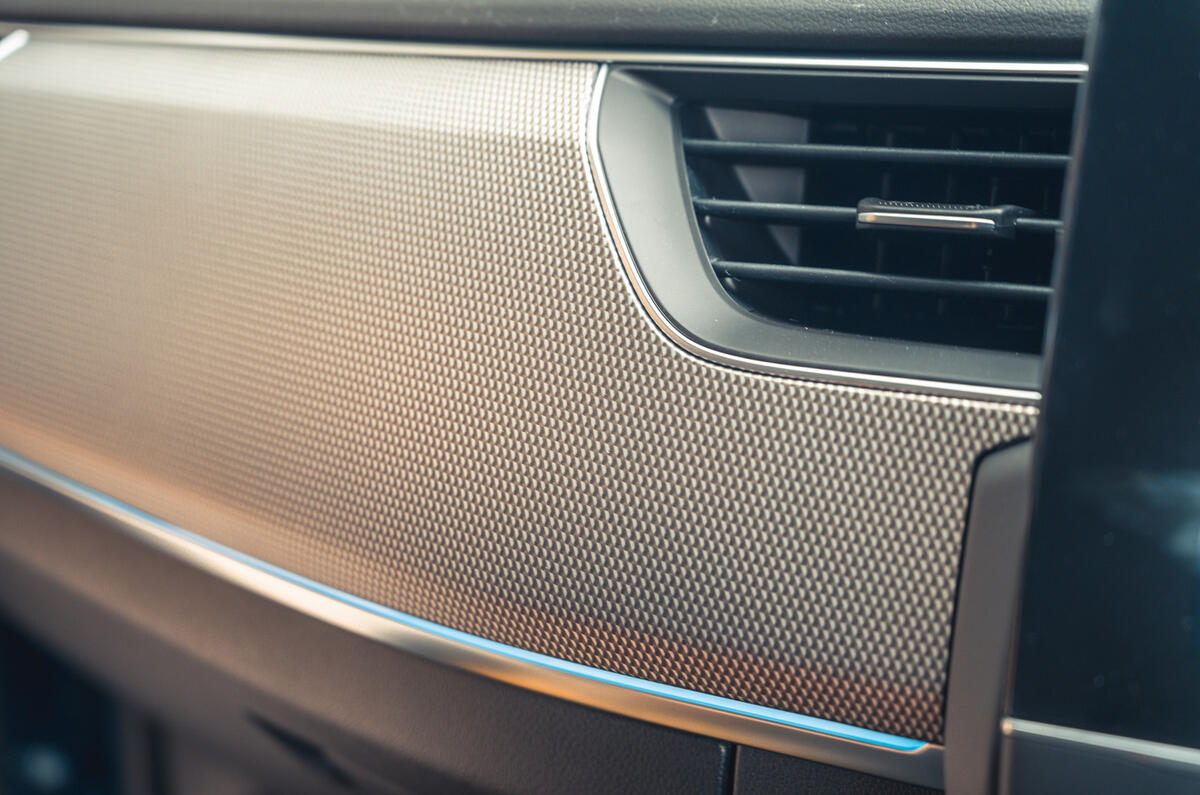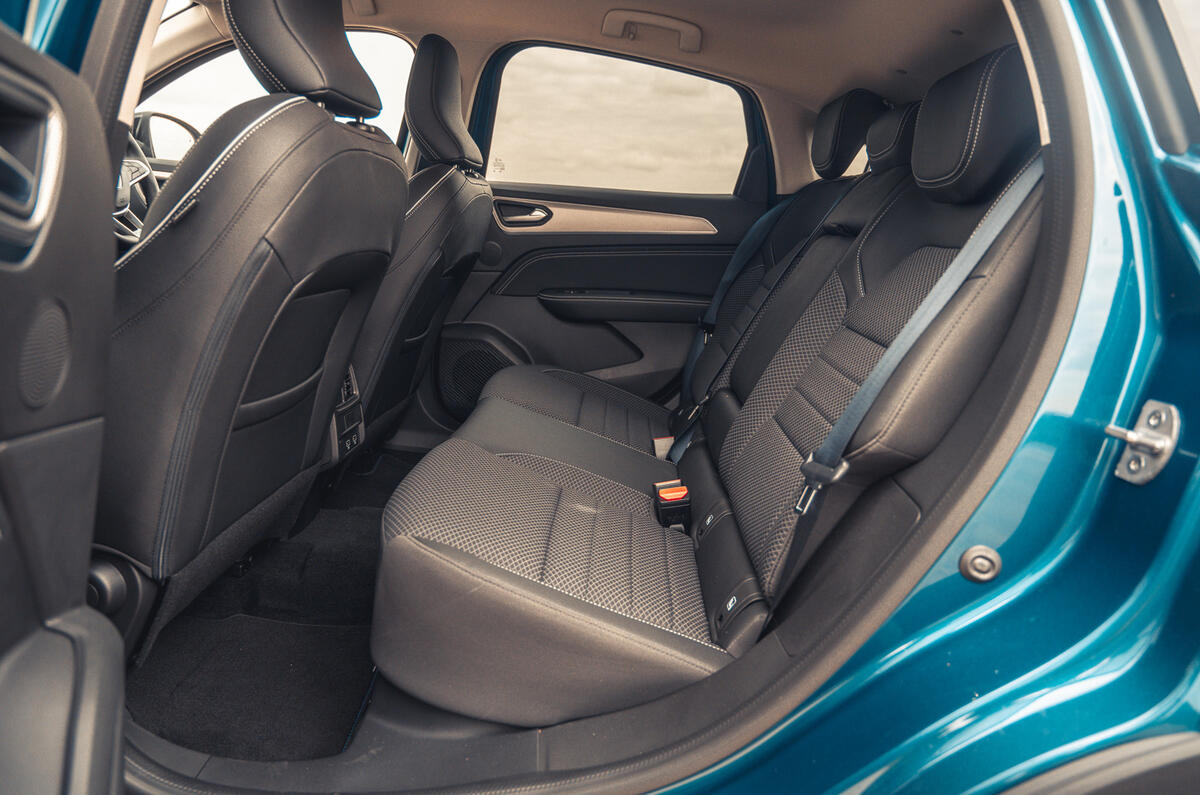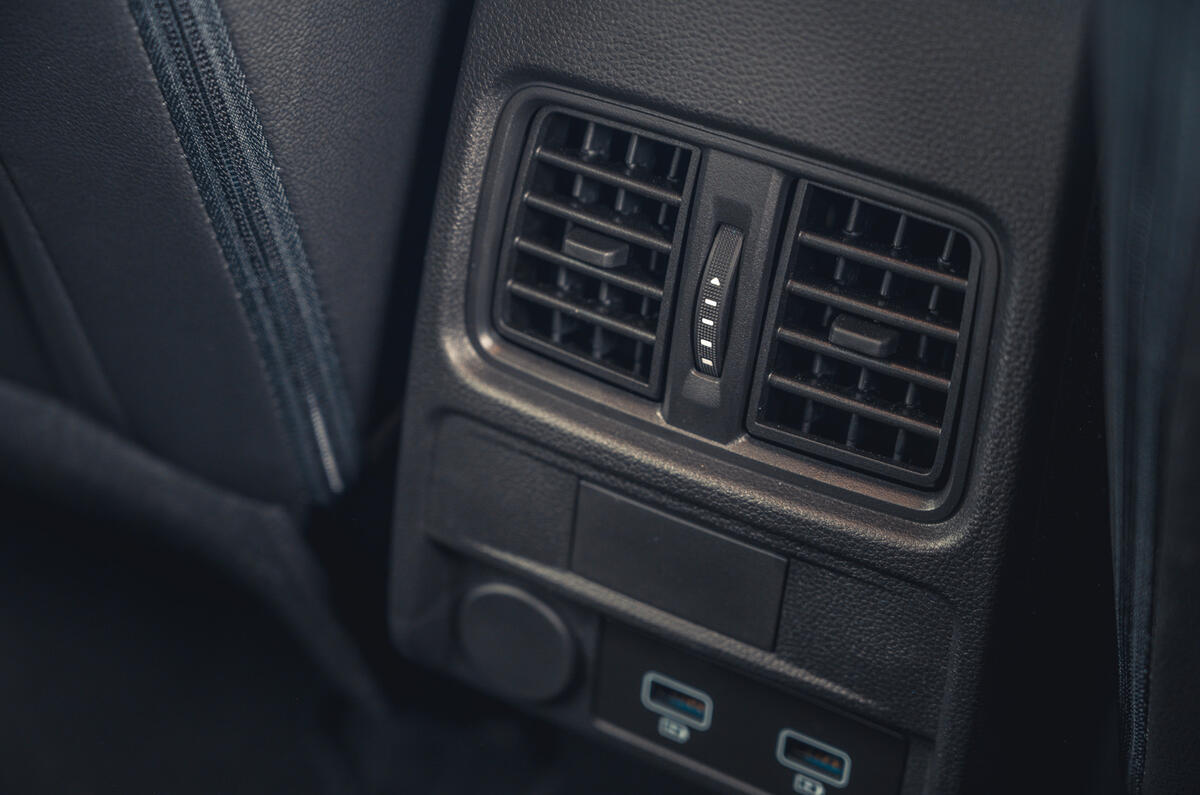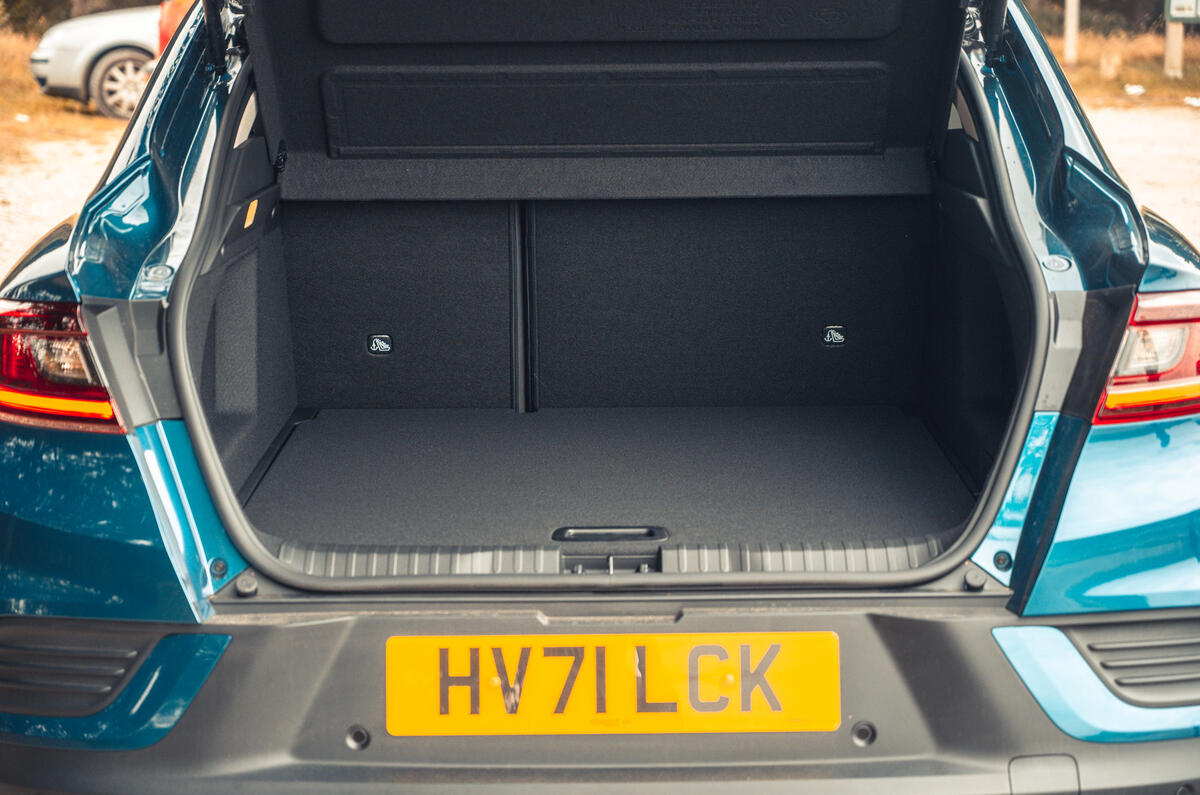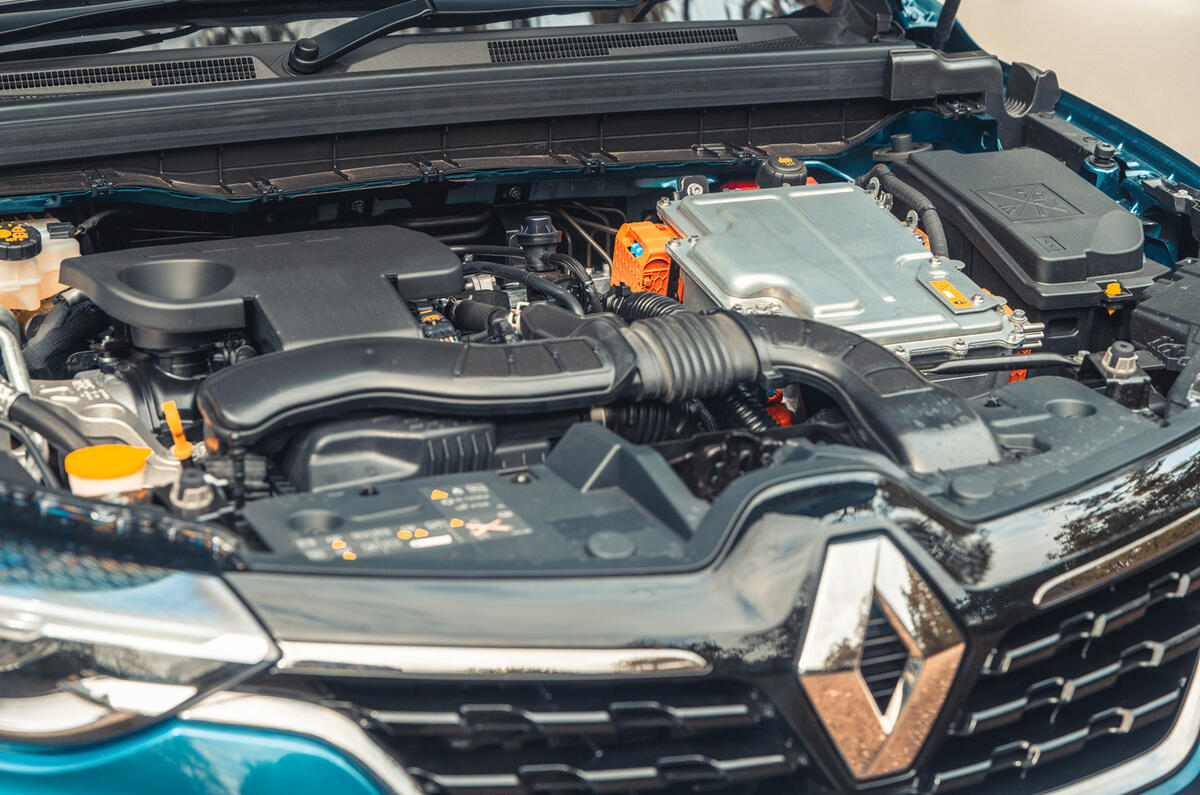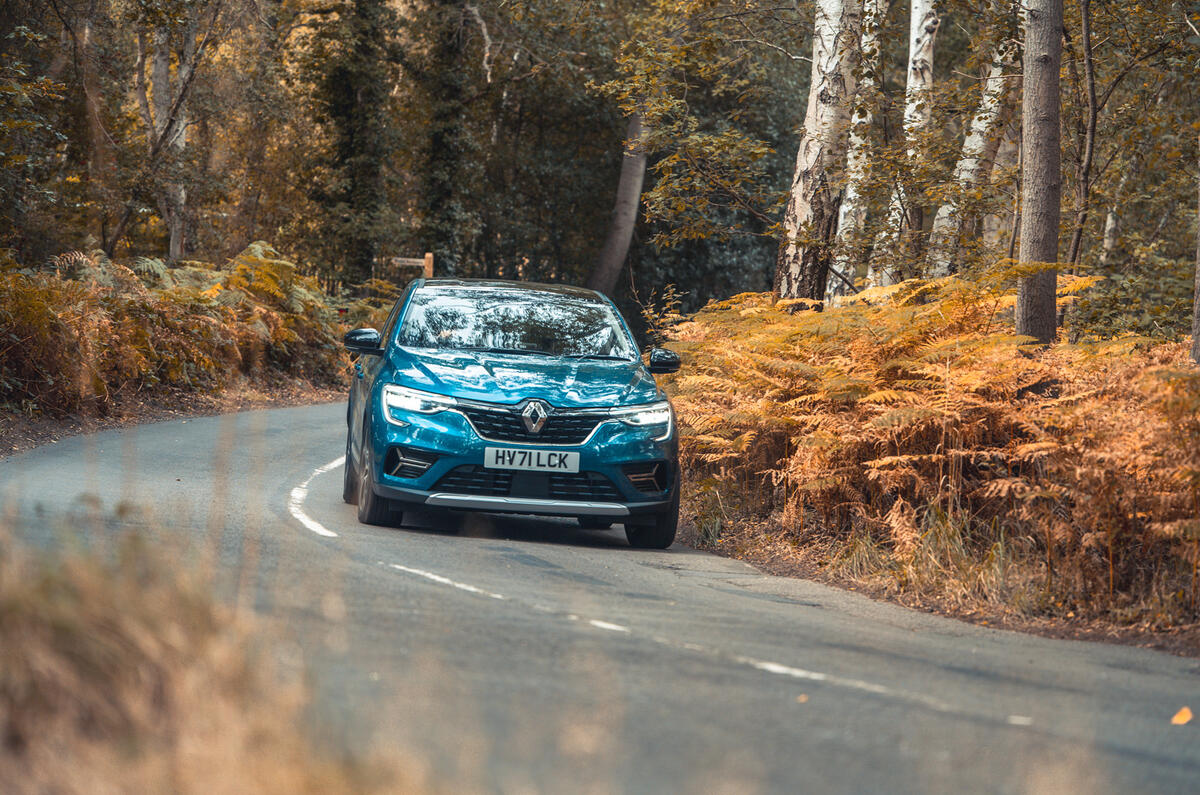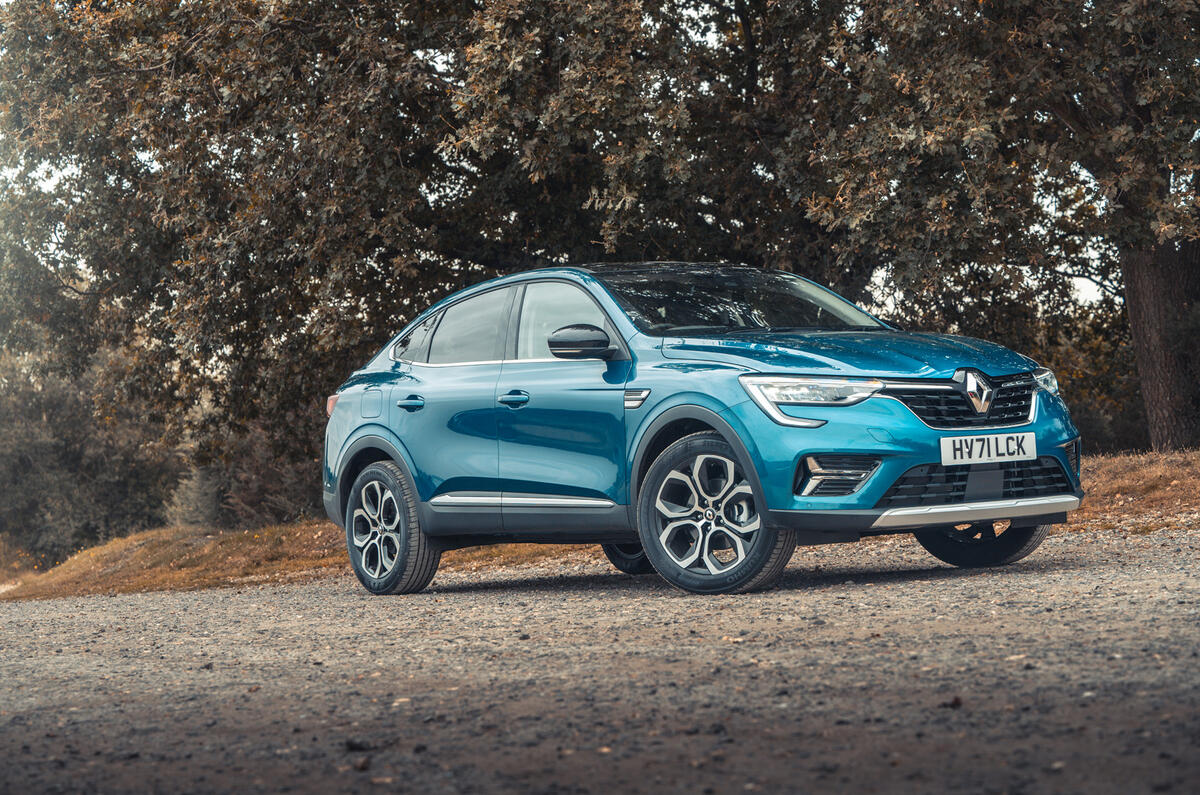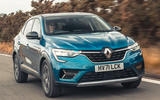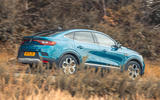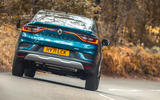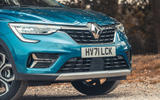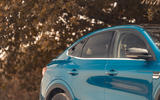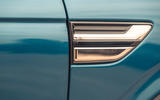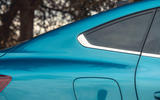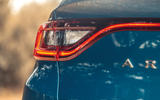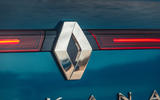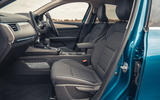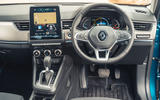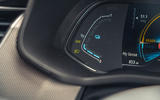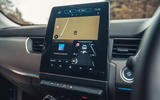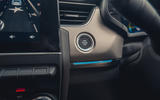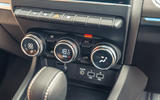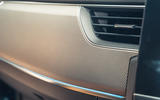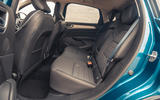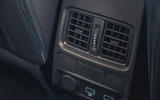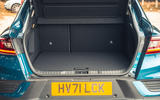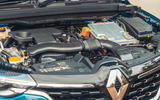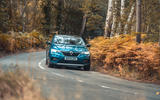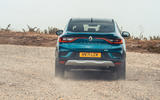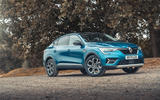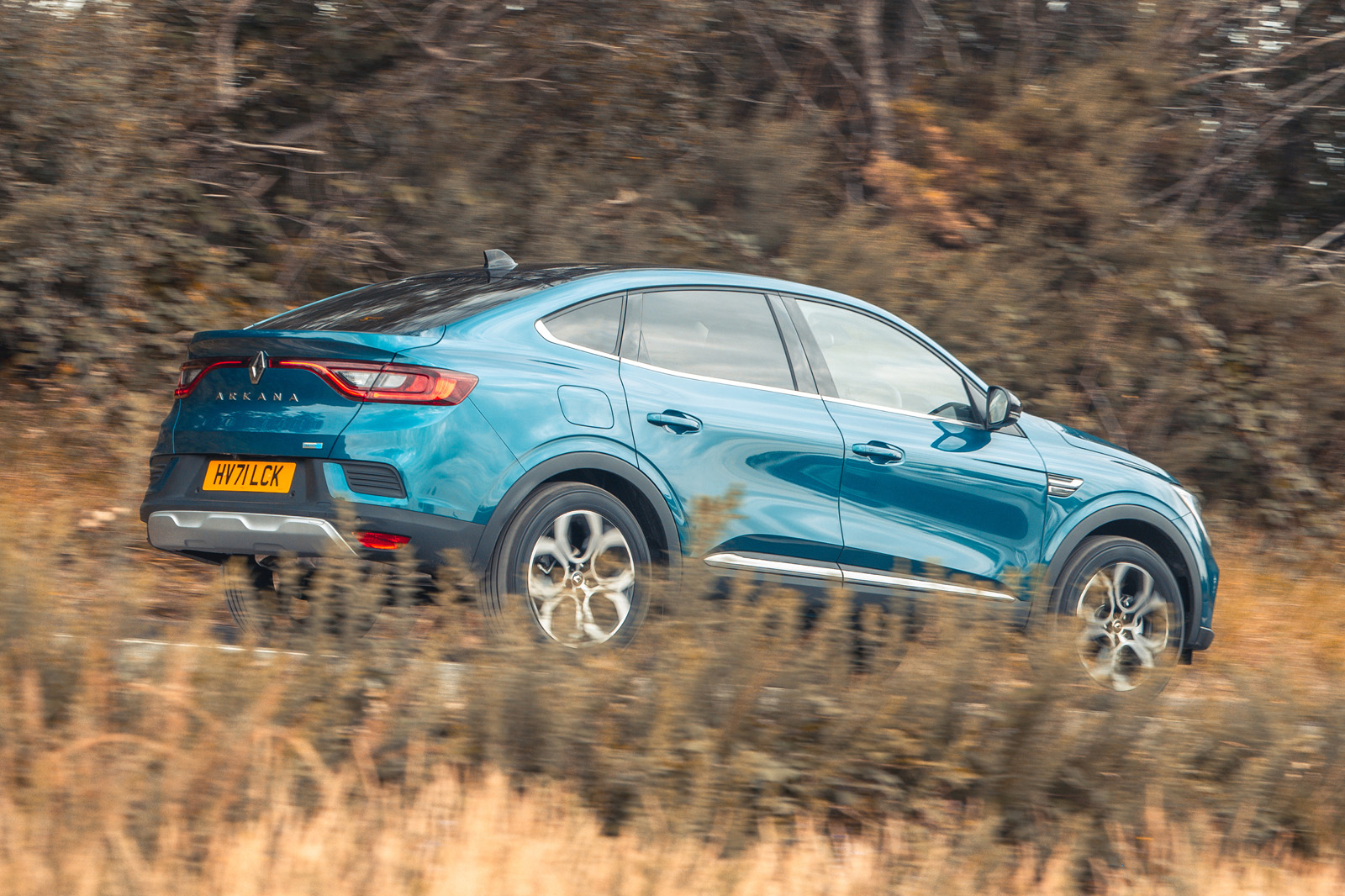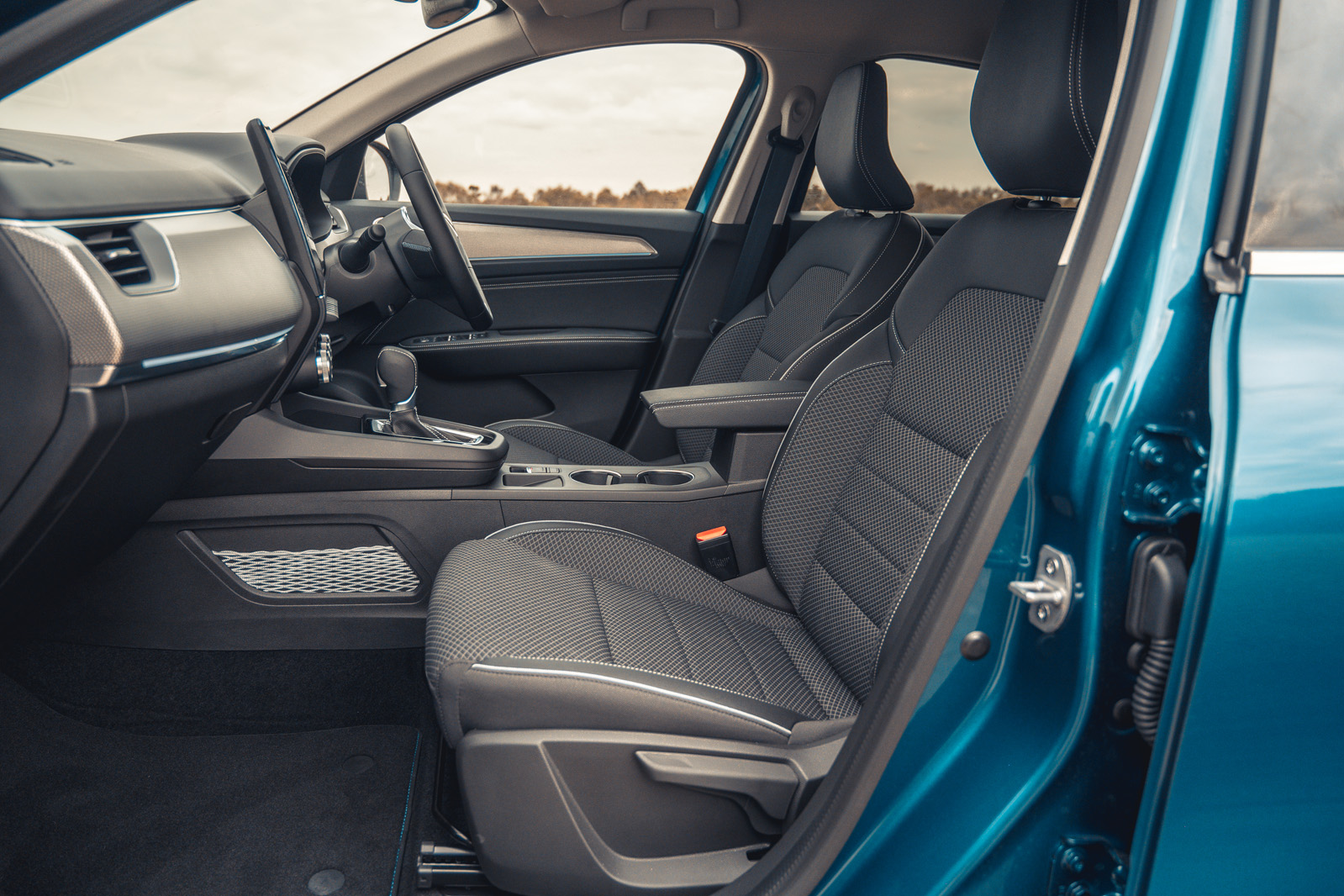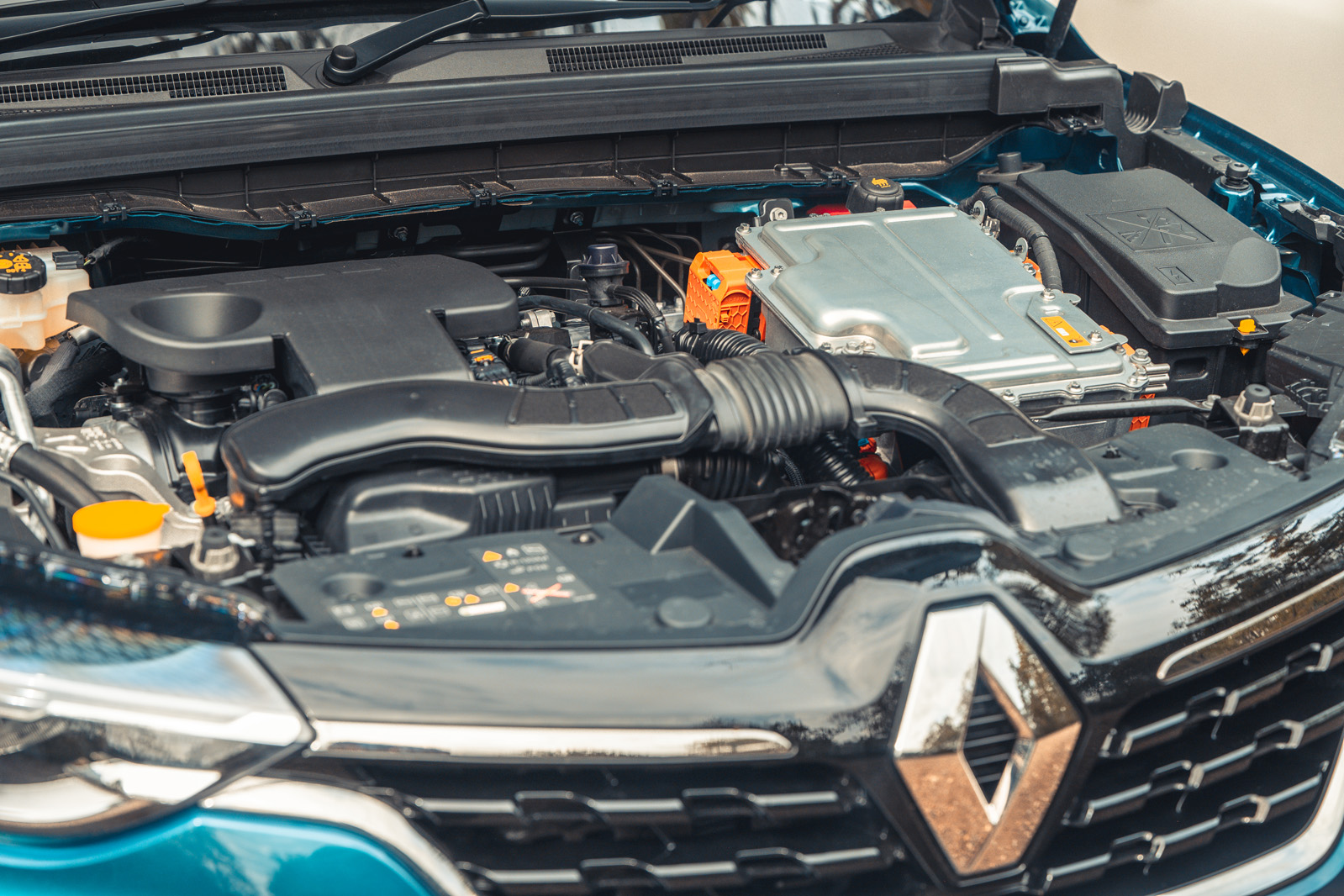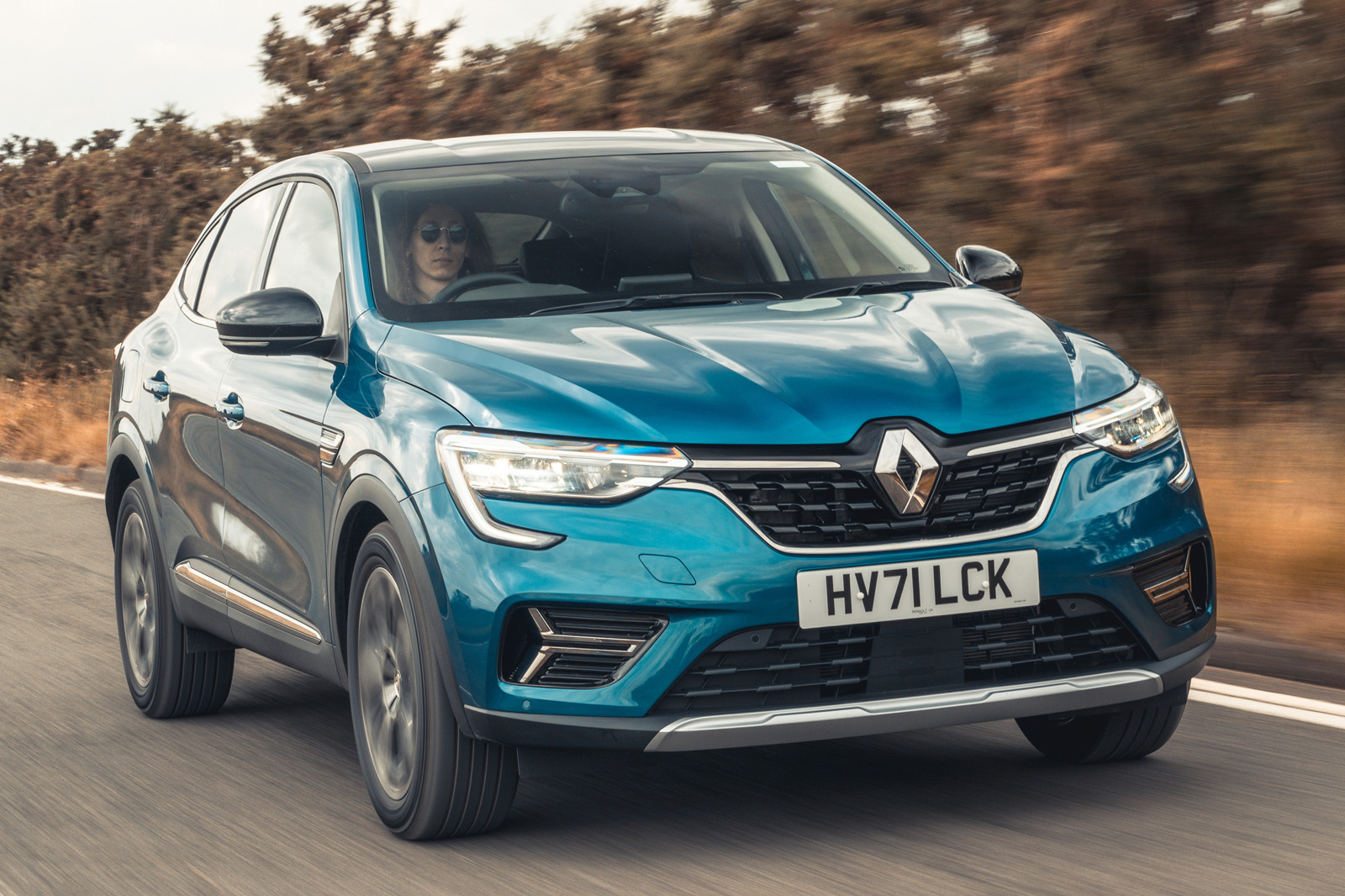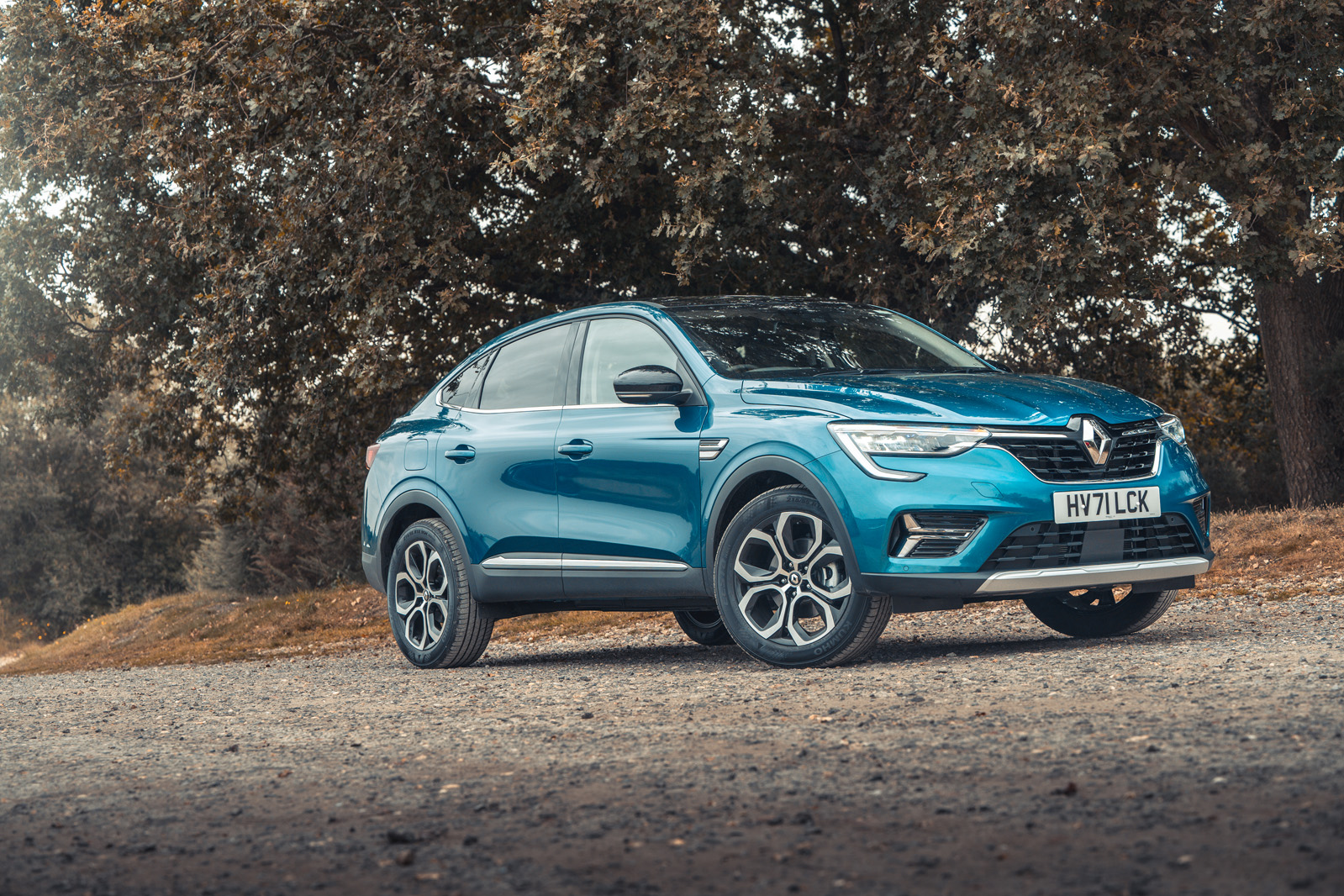The one sure-fire way to create a best-in-class car is to invent a whole new class of car altogether.
The original Mercedes CLS did it as a four-door coupé; the Nissan Juke did it as a B-segment SUV; and those are just two obvious examples. Now, if you’re looking for a crossover-coupé with a slice of added desirability that’s bigger than the B-segment but not quite big enough for the C-segment, along comes the Renault Arkana.
Few people will define their next smaller family car in quite such specific terms, of course, and if you’re not that fussed about the Arkana’s sloping-roof SUV styling, you have many alternatives to choose from. Cars like the aforementioned Nissan Juke and Renault’s own Renault Captur will be cheaper, but they give up some interior room. Up the budget by a few thousand pounds and you can get into a more upmarket SUV like a Hyundai Tucson or Nissan Qashqai.
To find out whether it represents a new ideal compromise of outright size and interior space for the crossover breed, or is just a muddle of disparate cues and inf luences, the Arkana now undergoes our full road test. At the same time, we find out whether the E-Tech hybrid powertrain works as well as a full hybrid as it did in plug-in hybrid form in the Mégane we tested last month.
The Arkana line-up at a glance
Renault says the Arkana is its first car with an all-hybrid line-up. While the E-Tech reviewed here is very much a hybrid, the 1.3 TCe has been a staple of Renault’s engine line-ups for years. In the Arkana, it benefits from some mild-hybrid assistance and is exclusively available with an EDC dual-clutch automatic. Both versions can be had in one of three trims: Iconic, S-Edition and RS Line.


